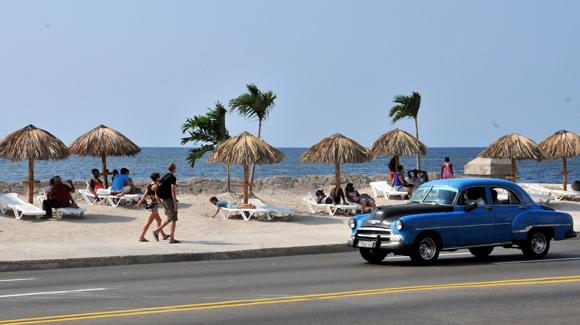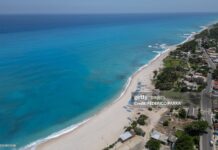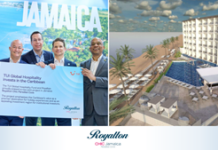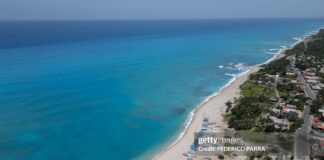News Americas, LONDON, England, Fri. Oct. 20, 2017: Over the last two and a half years the number of US visitors to Cuba has surged in response to changing US policy. According to Cuban statistics, while just 37,459 US citizens visited in 2014, some 285,000 did so in 2016.
This dramatic increase followed changes introduced by President Obama, who in 2015 allowed US citizens to visit for one of twelve specified purposes through a tour operator, and then in 2016 permitted US citizens to book tickets for individual travel to Cuba by simply attesting they were in compliance with US Treasury rules.
The surge was facilitated by a broader dialogue with the Cuban government. This saw restrictions on scheduled air services removed, making it possible for major carriers such as American or United to cater to the individual traveler, restrictions relaxed on cruise ships sailing out of US ports, and an easing of the use of the US dollar and US credit cards.
The consequence for Cuba was a boom in demand for hotel rooms, significantly increased prices at the best hotels in Havana, investments in new properties managed by major US hotel chains, and the rapid spread of accommodation, transport, and restaurants run by Cuba’s one million plus self-employed.
So rapid was the growth, that in the rest of the Caribbean, expressions of concern about the likely impact became commonplace, with Governments and tourist boards discussing strategies to respond through, for example, the development of multi-destinations vacations that included Cuba.
This process was based around the Obama Administration’s political belief that people-to-people programs, and the contact brought about by individual travel, can create change.
However, in June this year, US policy went into reverse. In a speech full of anti-Cuban political rhetoric, President Trump asserted that his Administration would not hide from, excuse, or glamorize the actions of the Cuban government. Consequently, the US would, he said, revoke key aspects of his predecessor’s policy of détente.
In relation to travel, he said that he would: introduce regulations banning, with some exemptions, direct financial transactions with specifically identified bodies controlled by the Cuban military, which include many hotels, and other tourism related enterprises; end all individual self-certified travel; require all future US travel to be through formal groups or on cruise ships; ensure that the US’ statutory ban on tourism to Cuba for US citizens is strictly enforced; and require that travellers’ personal records of financial transactions and travel be subject to audit by the US Treasury Department.
Although the regulations have yet to appear, the effect has been to send a chill through all US travel to Cuba.
Since then the overall climate has further deteriorated following mysterious sonic attacks on US diplomats in Havana.
In an announcement following the US Administration’s response, which was to withdraw more than half of the staff at its embassy in Havana, a travel warning, stated: because ‘we are unable to identify the source of the attacks, we believe US citizens may also be at risk and warn them not to travel to Cuba’. Later unnamed officials suggested that the Hotel Nacional and Hotel Capri were among the locations targeted.
Taken together with the damage wrought by Hurricane Irma, these events will likely see US travel to Cuba decline significantly in the short term, creating winners and losers.
The winners will undoubtedly be the US owned cruise lines, able to reap the rewards from those US travelers who still want to visit, and specialized tour operators. The losers, and those most likely to suffer, are Cuba’s non-state taxi drivers, the self-employed small property or restaurant owners, and private suppliers of services, all of whom had begun to pose a challenge to the Cuban system.
As for the rest of the region, it will in the short term receive displaced visitors and in the medium term see cruise ships sailing in increasing numbers to and around Cuba.
In contrast, Cuba itself, while experiencing a setback in what it sees as a long struggle, will likely not perceive recent US policy changes as significantly affecting tourism in the longer term. It observes that its market is highly diversified, and that overall visitor numbers this year will likely peak at around 4 million.
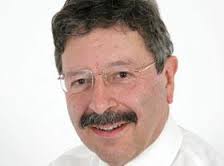 EDITOR’S NOTE: David Jessop is a consultant to the Caribbean Council and can be contacted at david.jessop@caribbean-council.org. Previous columns can be found at www.caribbean-council.org
EDITOR’S NOTE: David Jessop is a consultant to the Caribbean Council and can be contacted at david.jessop@caribbean-council.org. Previous columns can be found at www.caribbean-council.org






